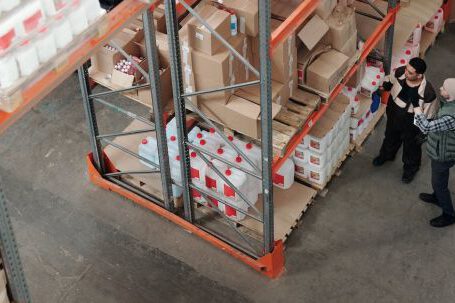When it comes to concrete work, there is no substitute for the right hand float. A hand float is an essential tool for smoothing and leveling freshly poured concrete, and selecting the right one for the job can make all the difference in the finished product. From the different types of floats to the materials they are made of, there are several factors to consider when choosing the right hand float for a concrete project.
Types of Hand Floats
There are two primary types of hand floats: magnesium and steel. Magnesium floats are lightweight and have a very flexible blade. This makes them ideal for finishing operations such as troweling. Steel floats are much heavier and have a more rigid blade. They are better suited for initial floating operations, such as when the concrete is still wet.
Blade Design
The design of the blade is another important factor to consider when selecting a hand float. The blade should be wide enough to cover the area being worked on, but not so wide that it becomes unwieldy. Similarly, the blade should be long enough to reach the edges of the area, but not so long that it causes strain on the user. The shape of the blade should also be taken into account. Some blades are rounded, while others are more angled or square-edged. The type of finish desired will dictate which shape is best.
Handle Design
When selecting a hand float, the handle design should also be taken into account. Handles should be comfortable to hold, with non-slip grips. Some handles are built with a “pistol-grip” design, which helps the user to maintain control when troweling. Longer handles are also available, which can provide better leverage and reduce strain on the user’s back and arms.
Material of Construction
The material of construction is also important when choosing a hand float. Most hand floats are made from either steel or aluminum. Steel is heavier and more durable, but it can also be prone to rust. Aluminum is lightweight and less prone to corrosion, but it is also not as durable as steel.
Conclusion
Selecting the right hand float for a concrete project is essential to achieving the desired results. There are several factors to consider, including the type of float, blade design, handle design, and material of construction. Taking these factors into account will help to ensure that the correct float is chosen for the job. With the right hand float, a concrete project can be completed quickly and to a high standard.






